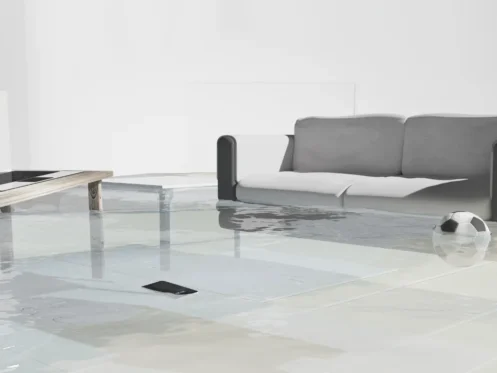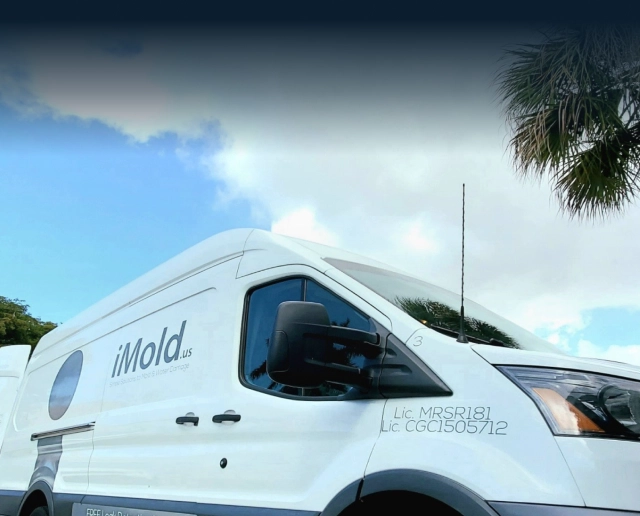8 Causes of Water Damage in Southwest Florida Homes
Here in Florida, we are no strangers to water. From relaxing at the beach to chaotic hurricane season, there’s just no escaping it. While water is an excellent source of entertainment, it also costs Floridians hundreds of thousands in property damage per year. Common sense would tell us that severe weather is the leading cause, but what is the real cause of water damage in Southwest Florida homes? The top 10 causes of water damage in Southwest Florida homes are right inside your front door.
What is Water Damage?
Water damage doesn’t have to come from a steady stream of water. Condensation buildup, small leaks, and other slow sources of water are just as destructive. As soon as water touches an area, the damage begins. Porous materials like wood, carpet, and drywall absorb water quickly. Being porous and absorbent is the perfect recipe for water damage. You can ventilate and dry out wet areas to minimize the effects of the damage. If you catch it fast enough, you may not have any visible damage at all. Here in Southwestern Florida, it’s always important to keep an eye out for mold growth around your home.
The Main Causes
So, what are the leading causes of water damage in Southwest Florida homes? Brian Bland, the owner of iMold, tells us the top 10 causes of damage and where you can look in your own home to find them.
Washing Machines
Your washing machine may be hooked up incorrectly in the first place. However, they may also have fittings and hoses that need to be replaced more often than you’d think. Over time, they start to leak, break, or even rupture. Keep an eye on the draining hose to ensure a shaking machine hasn’t moved it out of place.
Kitchen Appliances
You probably don’t think twice about your freezer’s ice maker. But, if that line starts to leak or gets disconnected, the area can become a breeding ground for mold.
Plumbing
Like other fittings and connectors, those on your toilet and sink can also leak or break. Even the most minor leaks cause water to seep into the walls or subfloor, both breeding grounds for mold. If the leak continues, you could end up with warped, discolored, or heavily damaged floors.
HVAC
Leaks and tears in your AC ducting may look small, but they allow condensation to build up. Likewise, your air handler is meant to keep air moving in your unit. Tiny tears over time will leave you susceptible to condensation build-up. Should you notice damage, you should turn off your unit and contact an HVAC repair service as soon as possible.
Piping
Over 95% of existing homes have copper piping. Copper is chosen for its longevity, being less likely to rust and corrode over time. These types of pipes can last most of a lifetime, but they are still susceptible to leaks. Pinhole leaks can form over time, caused by hard or acidic water. If your pipes are in good shape otherwise, you can usually do an easy repair. Once more form, however, you should consider replacing part of the piping system to prevent water damage.
Gutters
Gutters are essential to keeping our homes dry during hurricanes or heavy rain. By directing water away from your foundation, gutters prevent erosion and water damage to your foundation. A well-built and maintained gutter system also keeps moisture away from your home’s exterior.
Windows and Doors
If your home is stucco and you notice signs of cracking around doors and windows, you should take action to repair both your exterior and your gutter. Once water gets behind a stucco exterior, the damage can get out of hand quickly. Not only do you need to worry about mold, but you also need to worry about the whole exterior crumbling off. Water softens stucco from the inside, causing it to fall off in chunks. You should re-seal your stucco every five years to keep it intact.
Roofing
Water damage on your roof can begin from the heat. The sun beats down on shingles and can cause them to crack, or a particularly nasty storm can cause more damage than usual.
Both roof flashing and drip edges are made to keep water out of unwanted areas on your roof. The flashing protects vertical spaces, like chimneys or skylights, while the drip edge does what its name implies. Unfortunately, cycling between heat and rain can make short work of any slight damage to your roof, quickly worsening the situation. A leaky roof isn’t always a budget-friendly repair, so it’s essential to keep a close eye on your roof year-round.
What Do I Do After Finding Water Damage?
So you’ve found signs of the beginning of water damage in your Southwest Florida home. What you do next could save you the hassle and cost of repairing damage down the line. If you do see a leaky hose or broken gutter, contact a professional to nip it in the bud. By repairing the problem, you’ll get ahead of the potential damage. If you do happen to see water damage, all isn’t lost. Depending on the severity, you may need to repair or replace flooring, carpet, or appliances.
Suspicious that you might have mold? iMold can do a visual inspection to let you know whether or not you need testing. Questions about mold? Looking for mold prevention tips? Find us on Instagram and Facebook.

